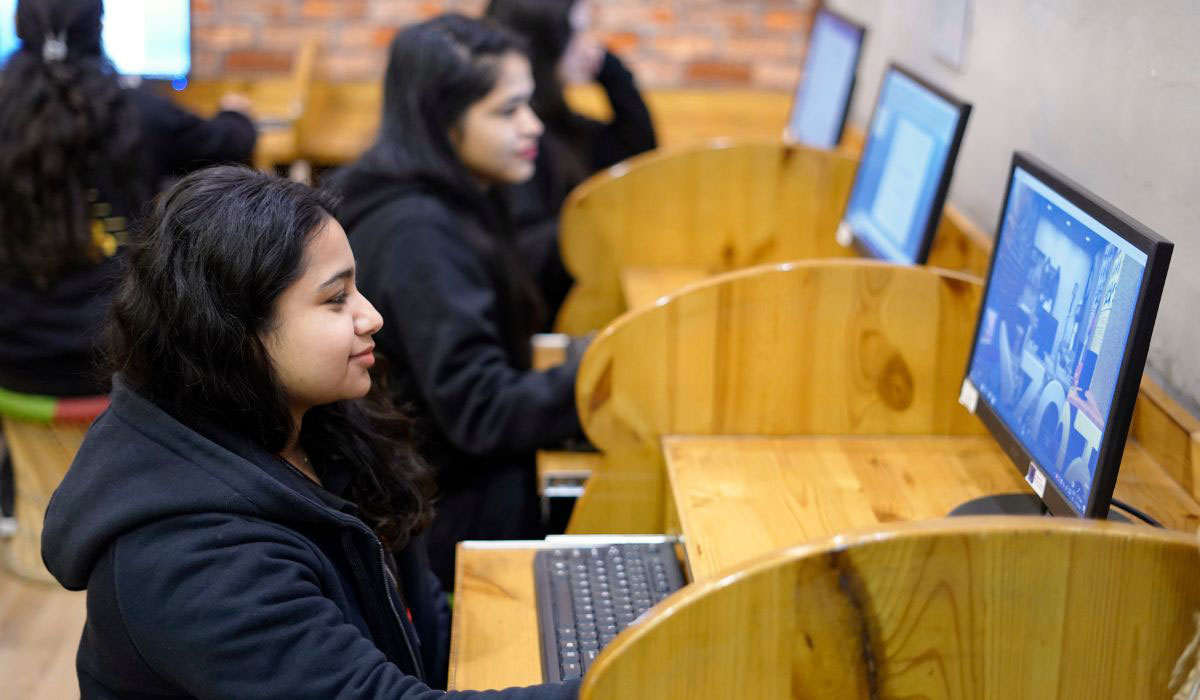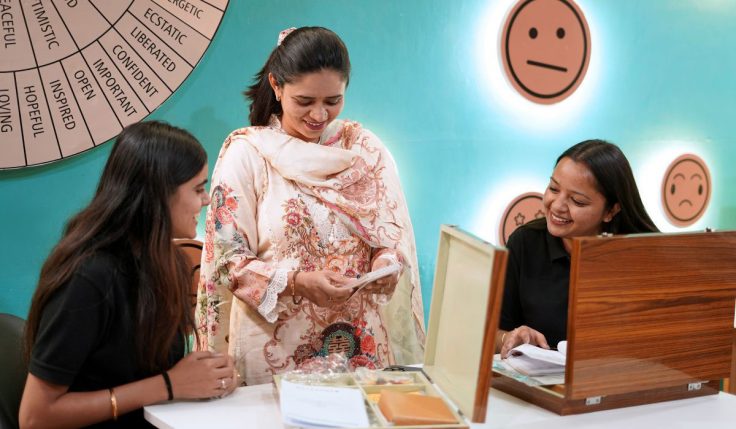In the present quickly developing world, traditional teaching methods might not be sufficient to engage and empower students. All competent teachers seek to foster creativity, critical thinking, and adaptability in their students by encouraging innovative teaching methods that can align with the needs of modern learners.
Teachers must remember that empowering students is an important aspect of offering education and one of the most effective ways to do that is by following creative teaching strategies. Creative teaching allows students to explore, engage, and interact with subjects in ways that encourage critical thinking, problem-solving, communication, and collaboration.
In this blog, we will see how innovation can be promoted in education by integrating technology and a few creative teaching approaches. Keep reading to know more.
Integration of Technology: Technology is one of the most powerful ways to improve learning and allow students to explore and engage interactively. Teachers can use digital tools for online discussions, interactive quizzes, games, and virtual field trips for exploring beyond the classroom.
The incorporation of technology in the classroom enables teachers to cater to diverse learning styles and make the process of learning more engaging and accessible. What’s more, the integration of technology can open up new possibilities for interactive and personalised learning experiences.
Starting from educational apps and simulations to virtual reality and online collaboration tools, technology can cater to diverse learning styles and enable students to learn at their own speed.
Gamification: Integration of elements of games into the learning process is yet another way to increase student engagement and motivation. Gamification employs rewards, challenges, and competition to transform the learning process into an enjoyable one.
Gamification can also be applied to many subjects from language learning to mathematics providing students with a sense of accomplishment as they grow through levels and achieve more goals in their learning.
Project-Based Learning: Project-based learning is a dynamic approach that immerses students in real-world challenges by encouraging them to explore more and understand challenging problems.
Students can work collaboratively on projects that require research, critical thinking, problem-solving, and creativity. Project-based learning does not just help students grasp theoretical concepts but it also equips them with essential skills including teamwork, time management, and presentation.
Design Thinking: Design thinking is an elaborate problem-solving technology that encourages a human-centric approach to innovation. Students can be guided by a structured process of emphasizing, defining, ideating, and prototyping.
Following the design thinking approach also cultivates creativity, empathy, and resilience while also fostering a culture of better experimentation and learning from failures.
Visualization: The ability to create mental images based on the words that one hears or the text that we read is called visualization. This is a method that helps students focus on the concepts or the subjects that are being studied.
Visualization also brings concepts to life and encourages students to make connections to the real world. Some methods of implementing this strategy in the classroom also include using audio-visuals including photos, videos, songs, etc.
Also Read: Leadership and Innovation via Design
Collaborative Learning: The process that focuses on group activities, discussions, and peer teaching is called collaborative learning. Students can learn more from each other’s perspectives, experiences, and knowledge while also promoting teamwork and social skills.
A collaborative learning environment can also enhance communication, build confidence, and skills, and also facilitate a deeper understanding of the subject matter.
Innovative Teaching Methods at Chitkara
Using innovative teaching methods at Chitkara is an important skill for teachers and the education staff. Scientific research has shown that innovative learning approaches can enhance the student learning process. Chitkara University follows innovative and creative teaching approaches to ensure that a cooperative, inspirational, and stimulating learning environment is created.
The academic training at Chitkara is aimed at fostering excellence and innovation in the field of education by encouraging teachers to follow innovative teaching methods. This allows teachers to learn and share education best practices that further help their students do well in life.
Innovative teaching methods can change the education landscape completely by engaging and empowering students in ways that traditional approaches might not be able to achieve.
Teachers at Chitkara University embrace innovation in education to foster a love for learning among their students and also equip them with the skills and knowledge required to be successful in the 21st century.






